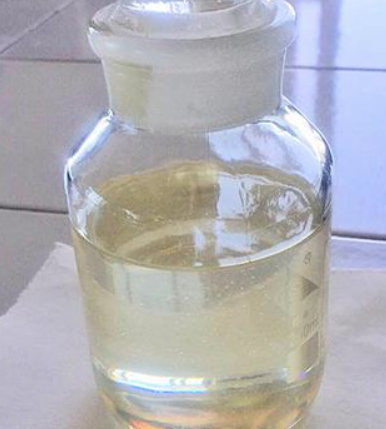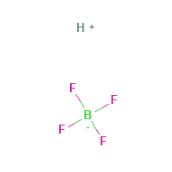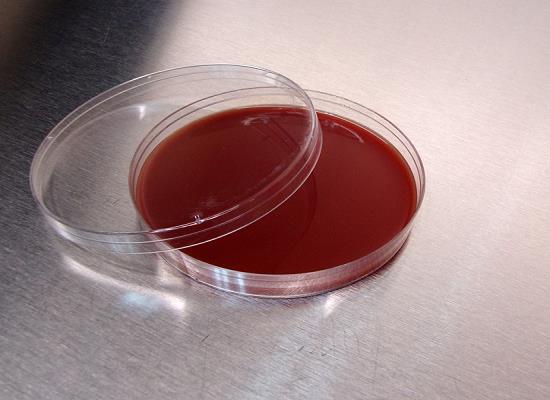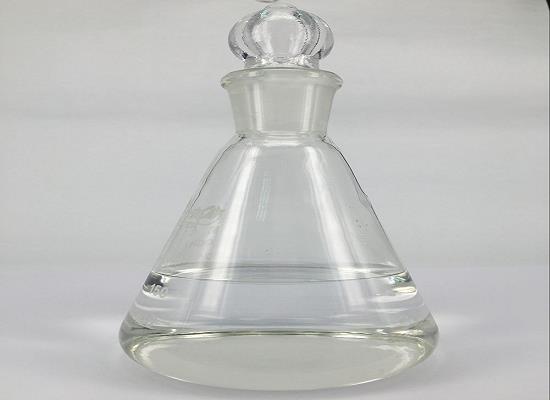Fluoroboric acid: properties, applications and safety
General Description
Fluoroboric acid is a strong Lewis acid with properties such as forming stable coordination complexes and protonating compounds. It has applications in dental implants, improving osseointegration and bone formation. It is also used in a residue-free wet etching process for ceramic lead zirconate titanate (PZT) to fabricate piezoelectric transducers. However, fluoroboric acid is corrosive and requires careful handling due to its potential for causing severe burns and respiratory irritation. Safety precautions, including wearing protective equipment and working in a well-ventilated area, should be followed when using fluoroboric acid.
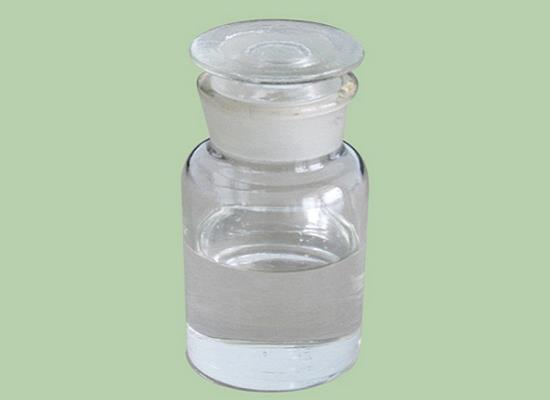
Figure 1. Fluoroboric acid
Properties
It is a strong Lewis acid and can form stable coordination complexes with donor ligands. As an acid, fluoroboric acid can protonate a wide range of organic and inorganic compounds, making it a useful reagent for synthetic chemistry. Fluoroboric acid has a low solubility in water, but it is soluble in polar organic solvents such as ethanol and dioxane. It is stable in solution, but it can hydrolyze to form boric acid when exposed to moisture or basic substances. Fluoroboric acid is hygroscopic and should be stored in a dry, well-sealed container. Due to its high Lewis acidity, fluoroboric acid forms stable coordination complexes with donor ligands such as amines, alcohols, and thiols. 1
Applications
Dental implants
The use of fluoroboric acid (FBA) for surface modification of dental implants. Different implant surfaces were tested, including a basic surface treated with zirconium microspheres and hydrofluoric acid (HF), a surface treated with FBA instead of HF, and two surfaces additionally treated with hydrogen peroxide (H2O2). The implants were implanted in foxhound dogs' mandibles, and histological healing was evaluated after 1 and 3 months. The results demonstrated that FBA treatment alone improved osseointegration and bone-to-implant contact after 3 months compared to other surface modifications. At conventional sites, there was significant new bone formation ranging from 68.5% to 74.9% after 1 month. After 3 months, the bone-to-implant contact ranged from 72.6% for the basic surface to 84.1% for FBA-treated implants, indicating enhanced integration. In sites with marginal defects, FBA treatment showed increased bone formation compared to surfaces treated with FBA and H2O2. In conclusion, the application of fluoroboric acid as a surface modification technique for dental implants holds promise for improving osseointegration and enhancing bone formation. 2
Wet etching process
The development of a one-step residue-free wet etching process for ceramic lead zirconate titanate (PZT) using fluoroboric acid. The existing issues during PZT wet etching, such as residues and large undercut, are addressed through the design of experiments (DOE) method. The process parameters considered in the DOE include acid concentration, temperature, and agitation. By analyzing experimental data using DOE, an optimal recipe is identified: a volume ratio of HBF4:H2O=1:10 at 23 °C. This recipe achieves a high etching rate of 1.54 μm/min while eliminating observable residues and minimizing undercut (0.78:1). Additionally, the etching recipe exhibits high selectivity over photoresist, with a selectivity ratio of 900:1. The developed etching process using fluoroboric acid can be applied in the fabrication of various piezoelectric transducers. 3
Safety
Fluoroboric acid is a strong and corrosive acid that requires careful handling. It can cause severe burns to the skin and eyes, as well as respiratory irritation if inhaled. Proper personal protective equipment, such as gloves, goggles, and a laboratory coat, should be worn when working with this acid to prevent exposure. Adequate ventilation is crucial to avoid breathing in toxic fumes or vapors generated by fluoroboric acid. It is important to add the acid slowly to water and not the other way around to prevent splashing and potential accidents. Additionally, fluoroboric acid can produce hydrogen fluoride gas upon contact with water, which can be harmful if inhaled. Overall, skilled personnel should work with fluoroboric acid in a well-ventilated area while following safety precautions to minimize risks and ensure safe handling. 4
Reference
1. COMPOUND SUMMARY: Tetrafluoroboric acid. PubChem, 2005, CID:28118.
2. Beolchini M, Lang NP, Gómez Moreno G, Iezzi G, Botticelli D, Calvo Guirado JL. Bone healing at implants with different surface configurations: an experimental study in dogs. Clin Oral Implants Res, 2016, 27(2):196-202.
3. Wang H, Godara M, Chen Z, Xie H. A One-step Residue-free Wet Etching Process of Ceramic PZT for Piezoelectric Transducers. Sens Actuators A Phys, 2019, 290:130-136.
4. HAZARDOUS SUBSTANCE FACT SHEET: FLUOBORIC ACID. New Jersey Department of Health and Senior Services, 1999. https://nj.gov/health/eoh/rtkweb/documents/fs/0934.pdf
Related articles And Qustion
Lastest Price from Fluoroboric acid manufacturers

US $0.00-0.00/KG2025-04-15
- CAS:
- 16872-11-0
- Min. Order:
- 1KG
- Purity:
- 99%
- Supply Ability:
- 500000kg
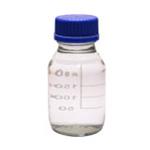
US $30.00-5.00/kg2025-03-07
- CAS:
- 16872-11-0
- Min. Order:
- 1kg
- Purity:
- 0.99
- Supply Ability:
- 10 tons

